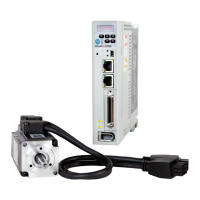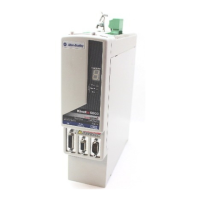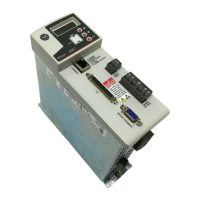Rockwell Automation Publication 2198-UM001I-EN-P - May 2019 37
Plan the Kinetix 5500 Drive System Installation Chapter 2
24V Control Power Evaluation
The Kinetix 5500 drive system requires 24V DC input for its control circuitry.
Due to the 24V shared-bus connection system and the 24V current
requirements of the Kinetix 5500 drives, a thorough evaluation of control
power is required prior to implementation. Consider the following when sizing
such a system:
• Verify that the 24V DC power supply is capable of supplying the 24V
current requirements of your Kinetix 5500 drive system. See Control
Power Current Calculations on page 224 to determine the 24V current
requirements.
For systems with a high 24V current demand, consider installing a
separate 24V power supply for each bus group or change the bus group
configuration to more evenly divide the 24V current demand.
• Verify that the wiring being used is capable of supplying the
Kinetix 5500 drive system with a voltage within the 24V input-voltage
range; 24V ±10% (21.6…26.4V DC). Consider the following:
– Mount the 24V power supply as close to the Kinetix 5500 drive
system as possible to minimize input voltage drop.
– Install larger gauge wire, up to 2.5 mm
2
(14 AWG) for 24V control
power when using the CP connectors included with the module; or
use the 24V shared-bus connection system to lower the DC wire
resistance with up to 10 mm
2
(6 AWG) and result in a lower voltage
drop.
Contactor Selection
You can use an AC three-phase contactor to supply AC input power to the
Kinetix 5500 drive. Follow these guidelines when selecting a contactor for your
drive system.
• Make sure the contactor is capable of supporting a higher amp rating
than the input fuse/circuit breaker you selected from the tables in
Circuit Breaker/Fuse Selection
on page 34
• Select a contactor with a voltage rating and SCCR rating appropriate for
your drive installation
• Do not cycle power to the contactor more than once per minute to help
prevent damage to the Kinetix 5500 drive
IMPORTANT The 24V current demand, wire gauge, and wire length all impact the voltage
drop across the wiring being used.

